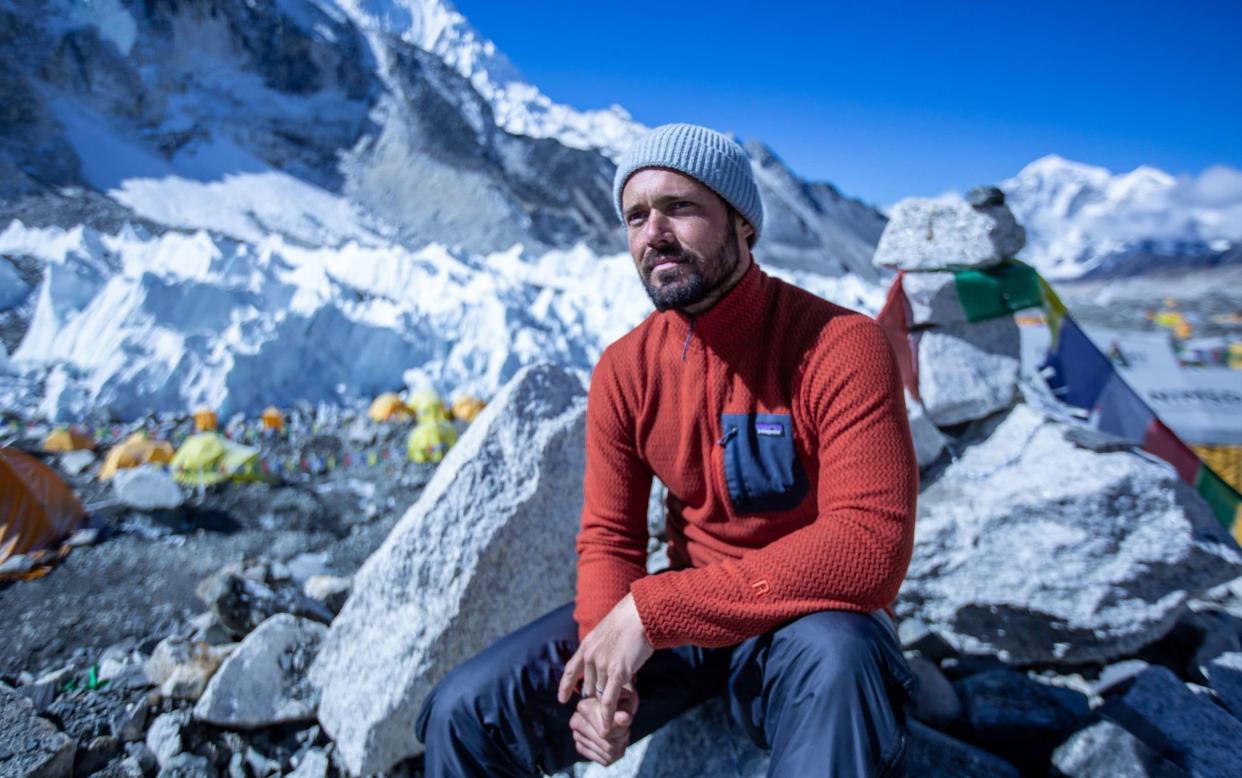Finding Michael, review: stunning scenery and uneasy ethics among Everest's dead

Why do men – and it overwhelmingly is men – suffer from summit fever? The desire to conquer the highest peak of them all often comes at the highest cost. An average of seven die on Everest each year. Some years it’s more – 15 in 1996. Many are Nepalis: 16 in an avalanche in 2014, 10 after an earthquake in 2015. None died in 2020: if nowhere else on Earth, Covid was a life-saver on Everest because everyone stayed at home.
Only four lost their lives in 1999. One was Michael Matthews, 22, who insouciantly agreed to have a crack at the prompting of a climbing friend who brandished a brochure. The friend suffered a cerebral edema at 8,000 metres and, choosing life, went back down. Michael carried on to the top of the world, but on the descent in swirling cloud his guide looked behind him to see that he was no longer there.
The mountain is a graveyard. Most bodies are left where they fall. George Mallory’s was found after 75 years. But if there’s the will and, vitally, the money, Sherpas can be contracted to act as high-altitude undertakers and bring home the corpses of dead adventurers. Such a story is told in Finding Michael (Disney+). More than 20 years on, the quest to locate Matthews was taken up by his younger brother, Spencer. In finding the body of his childhood hero, he would find closure.
That at least was the plan. Some may recall Spencer Matthews as an old Etonian tasked with constructing reality in Made in Chelsea. Here was a different form of storytelling: no one gets to construct their own reality in the so-called death zone above 8,000 metres. Everest writes its own scripts.
So it proves here. As a drone scours the lofty flanks in search of the dead, plenty of other human remains are revealed. Brave Sherpas traverse treacherous slopes to identify them but it’s never the right body. Eventually, though there’s no evidence that it was his own empathetic decision, Matthews does the decent thing.
Some elements of this documentary, directed by Tom Beard, are excellent. The physical impact of existing at an altitude where humans don’t belong is illustrated with impressive clarity. It’s rewarding to see footage of both treks, one following in the wake of the other, sleekly married up on a split screen. Drones, the new workhorses of film photography, enable spectacular camerawork that would previously have required an expensive helicopter.
Thus Everest reveals itself – the tented city at Base Camp, the little village up at Camp Four, the cols and cwms and ice fields – as never before. Great credit is due to the vast invisible sound and camera crew who made all this possible, plus the eight Sherpas who are in charge on the mountain.
Yet Finding Michael doesn’t quite stir the heart. It’s deeply uncomfortable to watch highly skilled Nepalis sift through clumps of frosted flesh strewn about the slopes, looking for the body that belongs to the family with the wealth, not to mention the backing of Uncle Walt, that entitles them to pay for extraction and burial.
“If we have to leave him on the mountain,” says Matthews, “it’s just going to be like a total travesty.” Hmm. Discuss. That the expedition finally opts for a more generous form of redemption feels as much the product of an editorial decision as a moral choice. The sweetest thing about Matthews is that in Nepal he calls everyone he meets “brother”. As to why men risk dumping a lifetime of grief on their loved ones, there was no answer to that. The rest of us are content to do our exploring on the sofa – because it’s here.
Finding Michael will be released on Disney+ soon

 Yahoo Movies
Yahoo Movies 
